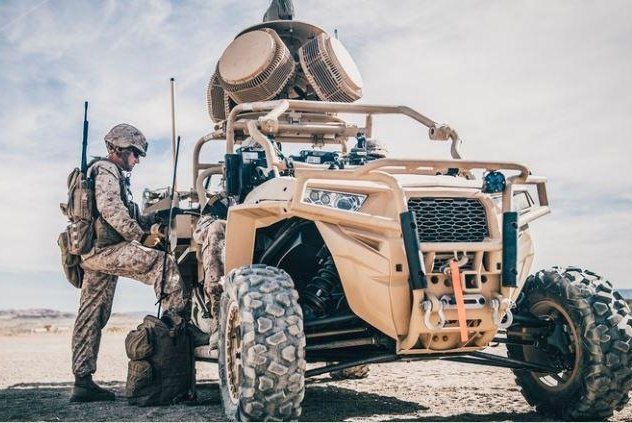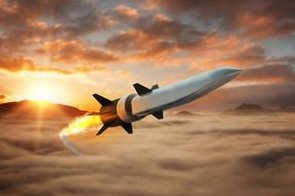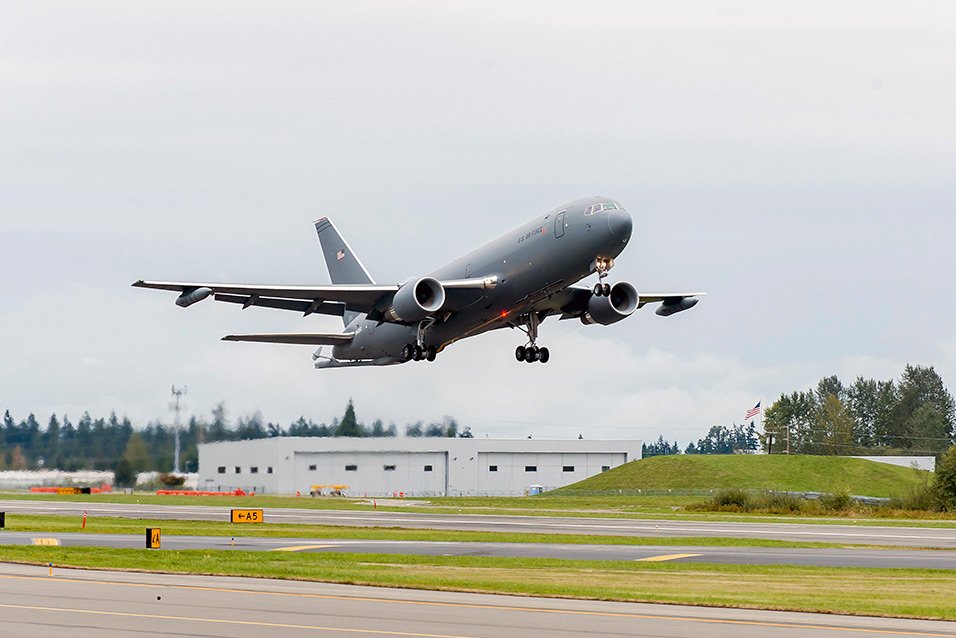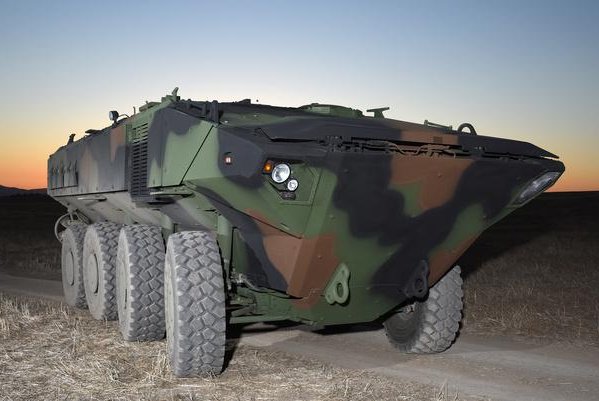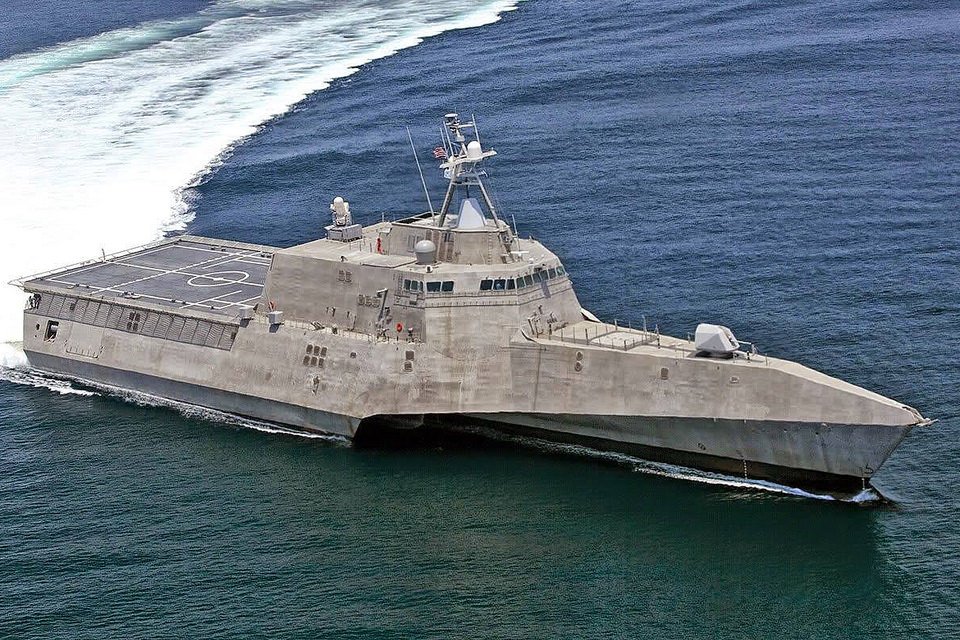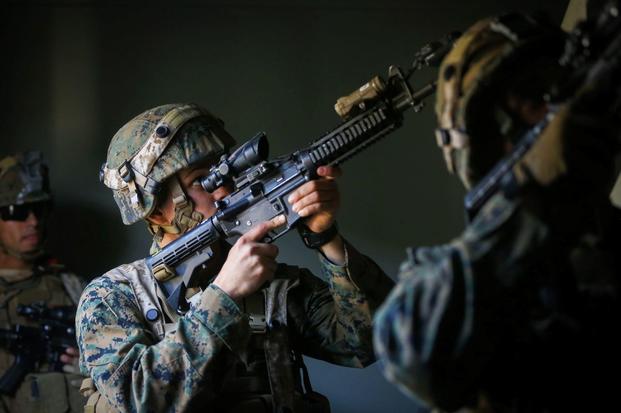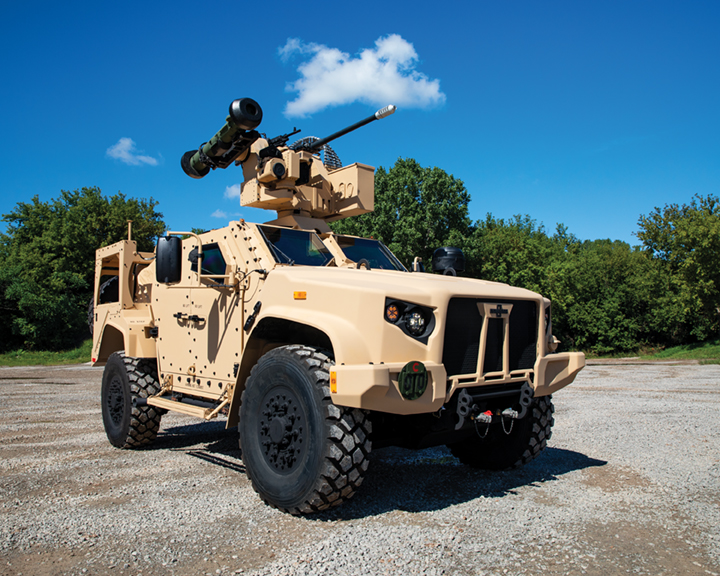2,000 air force personnel from 4 nations join Red Flag-Alaska exercises
By Ed Adamczyk
14 June 2019
View attachment 8092
Personnel of the air forces of four countries -- the United States, Japan, Thailand and South Korea -- are conducting Red Flag-Alaska, a 16-day exercise of simulated air combat at two U.S. Air Force bases in Alaska. Photo courtesy of U.S. Air Force
View attachment 8093
View attachment 8094
View attachment 8095
June 14 (UPI) -- Red Flag-Alaska, an exercise involving 2,000 personnel, 85 aircraft and the air forces of four Pacific Rim countries, is underway, the U.S. Air Force announced.
The majority of the aircraft, from the Japan Air Self-Defense Force, the South Korean Air Force, the Royal Thai Air Force and the U.S. Air Force, are flying from Joint Base Elmendorf-Richardson and Eielson Air Force Base, both in Alaska.
The exercise is directed by Pacific Air Forces, a U.S. Air Force component, and allows U.S. forces to train with coalition partners in a simulated combat environment.
It is the first time that senior enlisted leaders from the four countries' air commands have gathered in the same location. The exercise will conclude on June 21.
"Any time we come together in a training environment like this, we get really good and realistic training opportunities with our partner nations," U.S. Air Force Chief Master Sgt. Kaleth O. Wright said in a press release.
"I think opportunities like Red Flag are extremely important for us to get those repetitions in with our allies. I encourage all participants to take advantage of these opportunities where you get to work at a tactical level with our Indo-Pacific and our European counterparts because you never know how those relationships might pay off one day," Wright said.
The program, which is conducted several times each year, dates to 1975, when it was first undertaken at Clark Air Force Base in the Philippines. All Red Flag-Alaska exercises take place over the isolated, 67,000 square-mile Joint Pacific Alaska Range Complex over central Alaska, and involve integration of various forces in realistic threat environments.
Red Flag-Alaska executes the world's premier tactical joint and coalition air combat employment exercises and are designed to replicate the stresses warfighters must face during their first eight to 10 combat sorties, a USAF statement said.
"What they found in previous wars is that pilots were dying within their first 10 flights in-theater [in combat situations]," said Capt. James Carson of the U.S. Air Force's 354th Operations Group. "That's the idea behind RF-A. We try to provide similar flights to what pilots can expect to see when they actually go to war, but in a safe environment."
Among those involved in the exercise are personnel of the New York Air National Guard's 174th Attack Wing, who are testing and operating MQ-9 Reaper drones in simulated combat situations. .
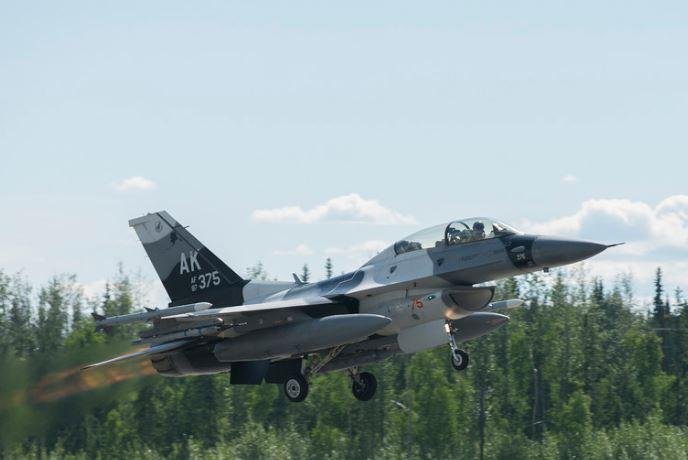
 www.upi.com
www.upi.com
By Ed Adamczyk
14 June 2019
View attachment 8092
Personnel of the air forces of four countries -- the United States, Japan, Thailand and South Korea -- are conducting Red Flag-Alaska, a 16-day exercise of simulated air combat at two U.S. Air Force bases in Alaska. Photo courtesy of U.S. Air Force
View attachment 8093
View attachment 8094
View attachment 8095
June 14 (UPI) -- Red Flag-Alaska, an exercise involving 2,000 personnel, 85 aircraft and the air forces of four Pacific Rim countries, is underway, the U.S. Air Force announced.
The majority of the aircraft, from the Japan Air Self-Defense Force, the South Korean Air Force, the Royal Thai Air Force and the U.S. Air Force, are flying from Joint Base Elmendorf-Richardson and Eielson Air Force Base, both in Alaska.
The exercise is directed by Pacific Air Forces, a U.S. Air Force component, and allows U.S. forces to train with coalition partners in a simulated combat environment.
It is the first time that senior enlisted leaders from the four countries' air commands have gathered in the same location. The exercise will conclude on June 21.
"Any time we come together in a training environment like this, we get really good and realistic training opportunities with our partner nations," U.S. Air Force Chief Master Sgt. Kaleth O. Wright said in a press release.
"I think opportunities like Red Flag are extremely important for us to get those repetitions in with our allies. I encourage all participants to take advantage of these opportunities where you get to work at a tactical level with our Indo-Pacific and our European counterparts because you never know how those relationships might pay off one day," Wright said.
The program, which is conducted several times each year, dates to 1975, when it was first undertaken at Clark Air Force Base in the Philippines. All Red Flag-Alaska exercises take place over the isolated, 67,000 square-mile Joint Pacific Alaska Range Complex over central Alaska, and involve integration of various forces in realistic threat environments.
Red Flag-Alaska executes the world's premier tactical joint and coalition air combat employment exercises and are designed to replicate the stresses warfighters must face during their first eight to 10 combat sorties, a USAF statement said.
"What they found in previous wars is that pilots were dying within their first 10 flights in-theater [in combat situations]," said Capt. James Carson of the U.S. Air Force's 354th Operations Group. "That's the idea behind RF-A. We try to provide similar flights to what pilots can expect to see when they actually go to war, but in a safe environment."
Among those involved in the exercise are personnel of the New York Air National Guard's 174th Attack Wing, who are testing and operating MQ-9 Reaper drones in simulated combat situations. .

2,000 air force personnel from 4 nations join Red Flag-Alaska exercises - UPI.com
Red Flag-Alaska, an exercise involving 2,000 personnel, 85 aircraft and the air forces of four Pacific Rim countries, is underway, the U.S. Air Force announced.


